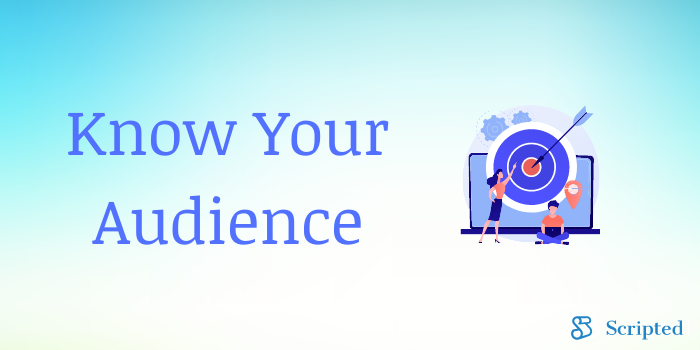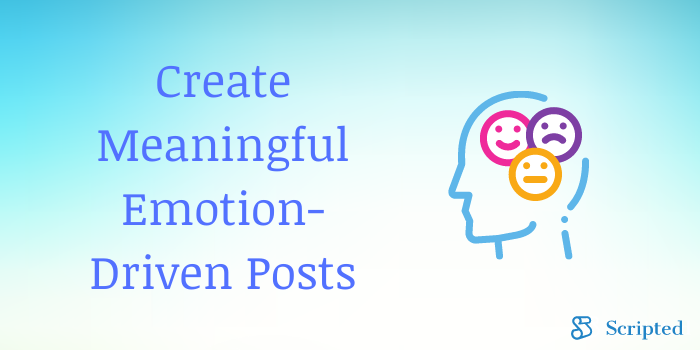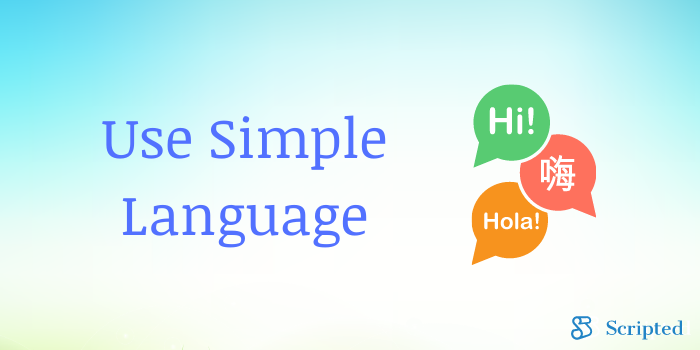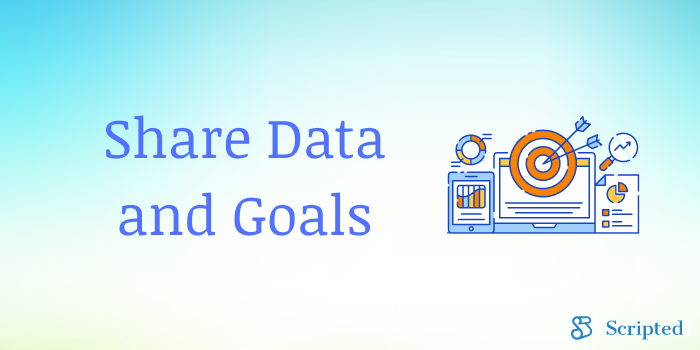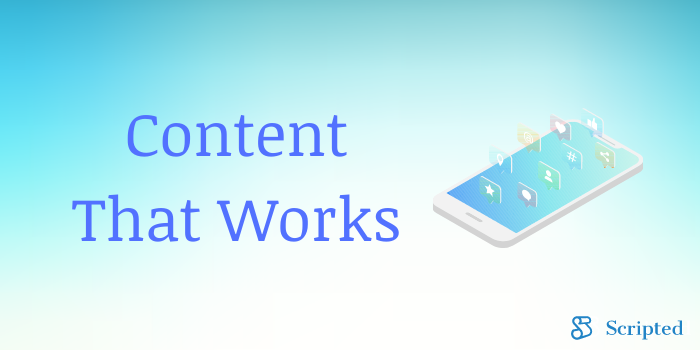- Blog Home
- Social Media Marketing
- Jubilee Heutmaker
- Social Media Content Strategy For Your Energy & Environment Site
Social Media Content Strategy for Your Energy & Environment Site
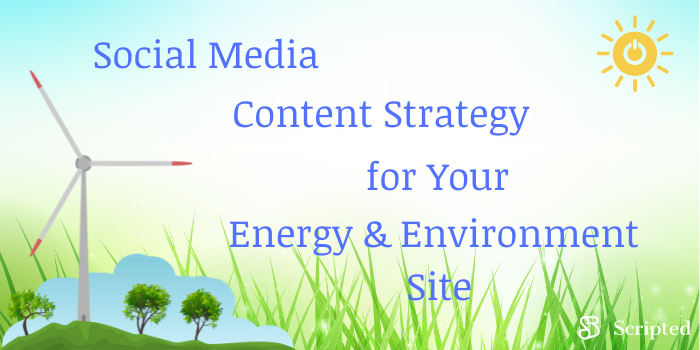
Determining a social media strategy for your energy and environment site isn’t difficult, but it can be time-consuming. The trick is to remember that social media is, well, social. Here we will discuss how you can set up your social media to bring the most value to your business and your readership. A social media strategy, in a nutshell, is a social media content marketing strategy that engages consumers, with the goal to increase traffic to your website and conversions into sales or donations.
Know Your Audience
It’s important to know who you’re talking to! Whether you’re on Facebook, LinkedIn, or TikTok, there’s a particular demographic involved in each of those platforms. LinkedIn is the professional business crowd. Facebook can be anything from a single mom to career professionals, but TikTok, that’s definitely the younger crowd. We’re pointing this out because you wouldn’t speak the same way to all of these demographics and expect a good response. You need to identify with the demographic you are trying to reach. Start by determining the demographics of what you are attracting right now. This will give you a good sense of who your audience is. Some ways to help you start your research and a great way to create engagement would be:
- Create a poll or quizzes. Ask your audience who they are and what their interests are. Ask questions you need answers to.
- Become a whiz at Google Analytics for your site. Google knows all. Period. Their analytics feature will tell you who is visiting your website, where they are from, if they're using their phone or desktop, male or female, income level, and much, much, more.
- Facebook Insights. Your Facebook business page will offer a good range of information, such as how many males and females of each age group, what geographical location your traffic is coming from, and what pages come and look at your content.
- Instagram is a hotbed for the younger, environmentally conscious crowd. In a recent survey, 67% of 18 to 24-year-olds visit Instagram every day. Instagram Insights will give you up-to-date information on your business postings, helping you narrow in your audience so you can increase traffic.
These are not, by any means, the only places to find or increase traffic. You could also try Quora, Reddit, TikTok, Patreon, anywhere that your target audience gathers and chats. There is no one “best” platform. Your job is to find out where the audience you want to reach is and post to that platform.
Create Meaningful Emotion-Driven Posts
Now that you know who your target audience is, how will you motivate them to click the link, watch your video or sign up? It’s a proven fact that consumers buy with their emotions, not actual logic! Catchy phrases and great deals won’t sell a product or service. The emotions you elicit do. Use pain points and power words to elicit the desired response.
With consumers being more environmentally conscious than ever, and in studies by Cone Communications, 79% of consumers will respond to your content marketing strategy if they believe they will have a significant impact on change, on an issue that is personally relevant to them. Sprout Social has a great free tool to help you determine an attention-grabbing content mix for your energy or environmental site. It may help you get started in the right direction.
Use Simple Language
Use simple, conversational language. Clarity is important and you've only got a few words to get your point across! It’s a time to get to know your customers, engage with them, address concerns. Think about it like your talking to your auntie who has absolutely no idea what you do. It’s important to keep the “jargon” to the barest minimum, keeping things very simple and clear.
At the same time, go easy on the sales pressure. Buy now! Get it today! Is seriously annoying and will turn your readers off. Look into being less persuasive and more educational. Let your high-quality content speak for itself. It will do the persuading for you.
Share Data and Goals
Give your content marketing strategy some authority and SEO juice by documenting facts and figures about what your company has done recently. For example, if you have ongoing sustainability endeavors, these should absolutely be shared on social media. Maybe you could create a video with your CEO discussing how your energy company is helping the environment and XX percent of families will be helped by what you are doing.
Energy and environmental companies are great about having goals. These goals are benchmarks you could share with your social media readers, keeping them appraised of the progress you’ve made in helping increase the infrastructure in five small towns or how you’re going to renewable electricity in the next 10 years.
Here’s a little tidbit that most people aren’t aware of yet. Google’s algorithm now see’s social media as an “authority site.” So, when developing your SEO strategy to go along with your social media content marketing strategy, use your SEO keywords and links in your social media posts. The post itself doesn’t add much SEO juice but the link it contains increases your brand visibility and your post with the keywords or phrases will show up in the search engines. If your posts are shared across social media, this gives your post “social signals,” telling the search engine that your post is valuable and driving it up in the search engine results pages (SERPs). Per a study done by CognitiveSEO on 23 million shares, enough social media signals can definitely influence the ranking of your website.
Best Length for Social Media Posts
You might be wondering how long your social media post should be for your environmental or energy site. The short answer is, it depends. Every platform is different in what works best. It may also differ according to your target audience’s preferences. We can give you some general guidelines here that you can start with. It will be up to you to test and see what works best with your audience.
Facebook: Allows up to 63,206 character posts. But, a long post may not be in your best interest. Short posts generally get more engagement, about 50 characters or so according to BuzzSumo. As we discussed earlier, this will depend on your audience so test different lengths of posts and see what resonates with your readers.
Instagram: 2,200 characters are the allowable limit, but again, the findings are for Instagram audiences 1-50 characters works well but in a 2019 study of 5.9-million posts, posts without captions had the most engagement of all.
Twitter: Allows up to 260 characters but they have to be different. Twitter followers seem to prefer a longer tweet coming in at 240-259 characters. This length generates the most interaction on the platform.
Pinterest: Has an allowance of 500 characters for their descriptions, however, only the first 50 characters show. If you're interested in using Pinterest to promote your site, Sprout Social has this wonderful guide.
LinkedIn: Strictly speaking, a post has a limit of 110,000, but effective use says 1570 words to 2750 with spaces, gets the most engagements. Titles between 40 and 49 characters gained the most interaction.
YouTube: Is pretty generous coming in at 1000 characters in the video description. The thing to remember here is that YouTube shows the first two or three lines of that. Beyond that isn’t seen unless you hit that “see more” button.
The consensus here is, except for LinkedIn and Twitter, shorter is better. Always test post lengths with your audience and check your data. Your audience will ultimately tell you what works best for them.
Content That Works
Informative quality content is fabulous, but interactive content gets the views. Interactive content is content that requires the audience to actually take part in the experience. Whether that active participation is watching your video, completing a poll or quiz, needs assessments, or trainings that require clickable involvement, all require some kind of physical interaction with your audience and help create a higher audience satisfaction experience. It will also generate quality firsthand data on your target audience that will help guide your content marketing strategy. Here is some interactive content for social media that has stood the test of time.
Polls, games, and surveys. These can be fun ways to increase engagement and find out what your audience is thinking about a relevant topic. People in the energy and environmental space are passionate about their beliefs, resulting in some great opinions.
360-view media. These interactive photos and videos, such as photo galleries or online catalogs, or magazines can offer an amazing audience enrichment opportunity. If you like publishing e-books, white papers, or research reports, you might make them more interactive with navigable sections and tables of contents for locating pertinent information easily.
Data-Driven Visuals. It’s no surprise that audiences love visual content, but data really drives the shares. Infographics, screenshots of relevant data, graphs and charts, and animated graphics with data.
One thing that is recommended is that you refrain from using royalty-free images. These images are of poor quality and don’t compare to images from outlets such as Getty Images and Fotolia. Free, doesn’t translate into engaged customers. You will not increase traffic, you risk losing traffic, all because of poor-quality images.
Live chats or chatbots. These are fantastic tools to engage and assist your audience with questions and issues they need immediate answers to. They make the customer service experience easier for them and your audience doesn’t have to wait around for support via phone or email.
Virtual and augmented reality overlays. Virtual reality and augmented reality are taking marketing to a whole new level and your message cannot afford to be left behind. Most of your audience has AR capabilities on their smartphones and probably aren’t aware of it.
Augmented reality is a transparent overlay combining digital elements and real-world situations. Audiences can “see” the world you create through their phone screens. INAP has a wonderful article that shows you examples of this fantastic technology that could very well give you the jump up you need.
Virtual reality is a total immersion experience that can be accessed as inclusion in games, ride-a-longs, and “be there” type experiences. These are exciting to watch and Hubspot gives some interesting examples of how you can include VR in your content marketing strategy.
Be a Data Hound
All this interactivity does one extremely important thing. Supply’s your agency with data. It’s important to know what the data is telling you so that you can narrow in tightly to your niche market metrics and serve content that they love the best. This will increase traffic, help you improve your SEO, and help develop a seriously killer content marketing strategy that your audience will love. There are literally hundreds of tools to help you with your social media analytics. It’s up to you to choose the tool that fits your needs and your budget.
Conclusion
Social media is a powerful tool when it’s used wisely. You can form strong relationships with an eager and engaged audience that increases your audience’s ultimate satisfaction. This makes you, as the energy or environmental resource much more relatable and human. Develop these relationships by frequenting the platforms where your audience hangs out and hang out there with them!
Writing for social media too much of a grind? Our expert team of Scripted writers is at your disposal. We can write your social media posts for you, written by a vetted expert with experience in the field. We only work with the top 2% of the most talented writers. Don't settle for less, settle with the best. Call us today for your social media writing needs!
Published by Jubilee Heutmaker on Thursday, December 16, 2021 in Social Media Marketing, Energy, Environment, Social Media Marketing.
